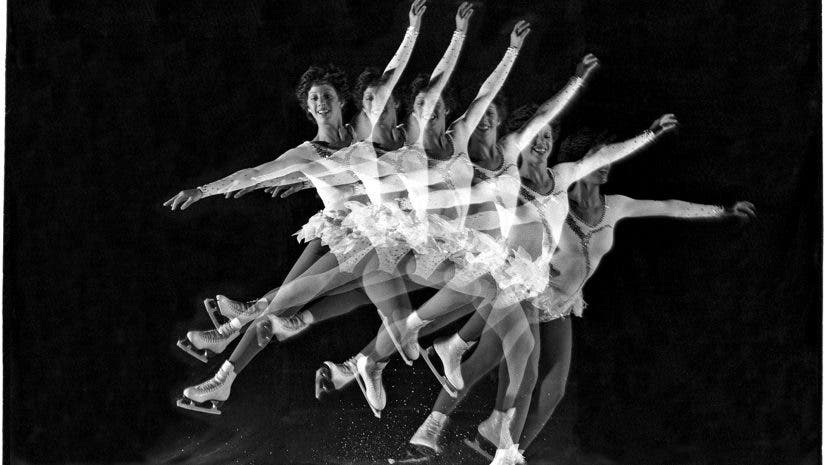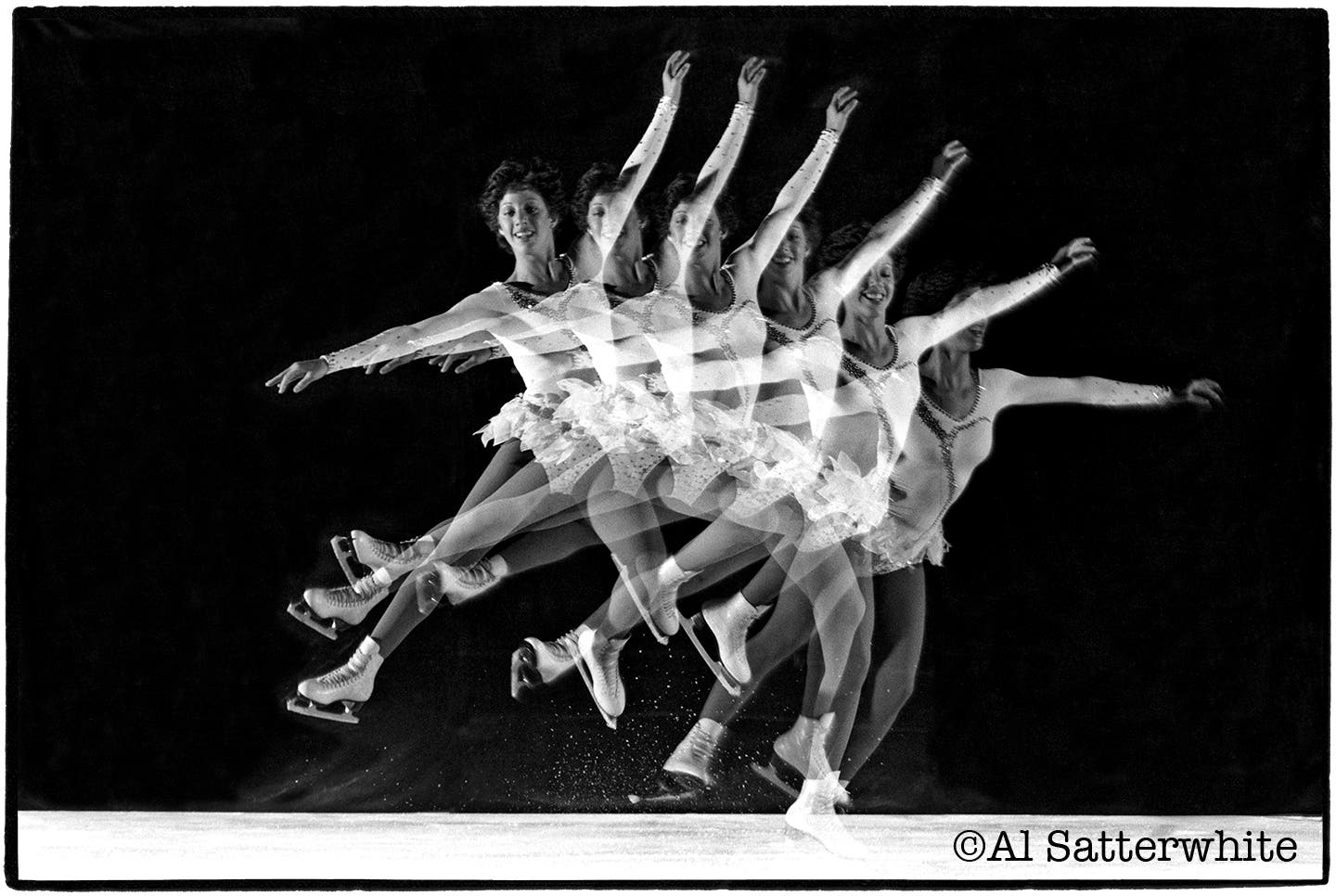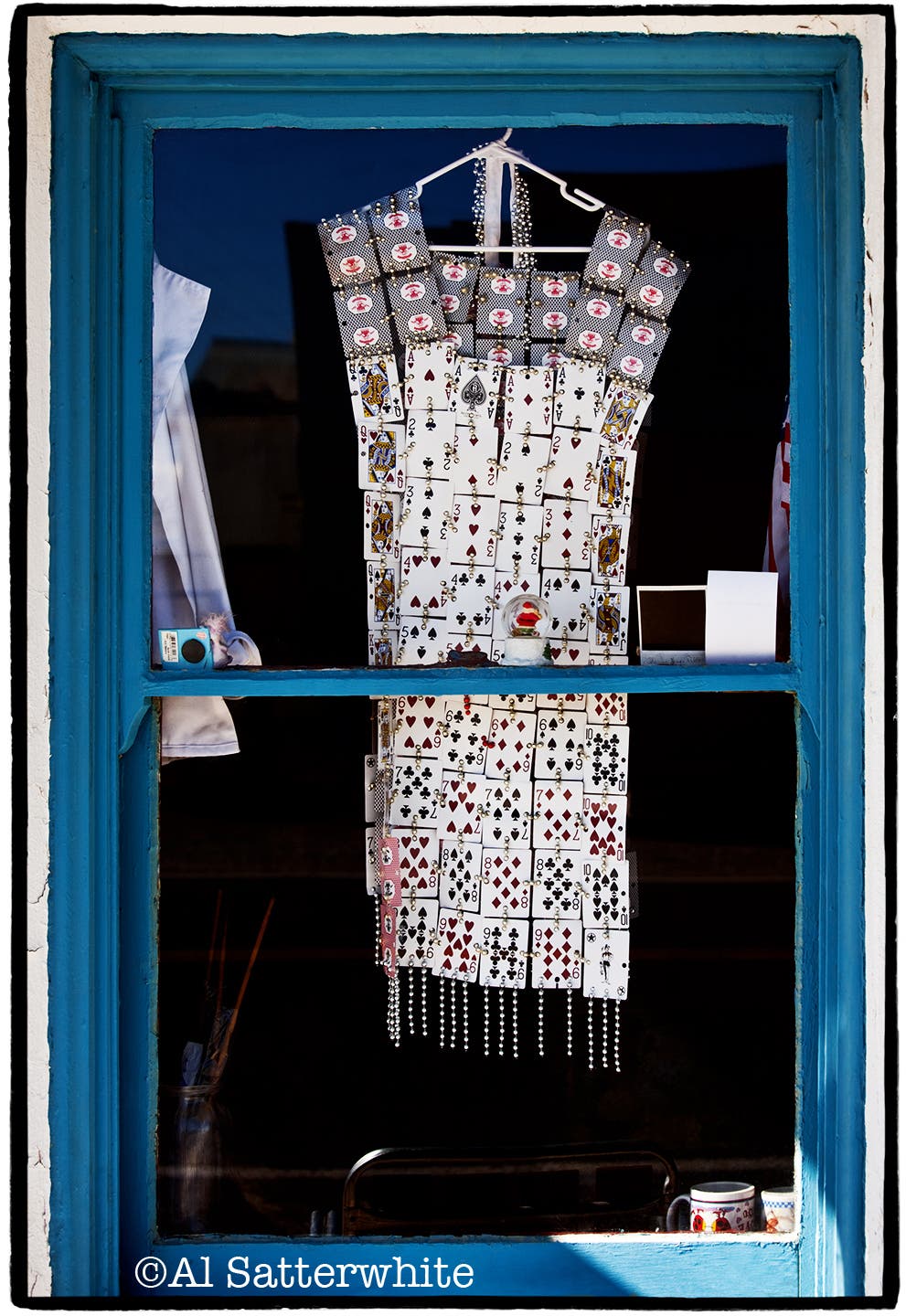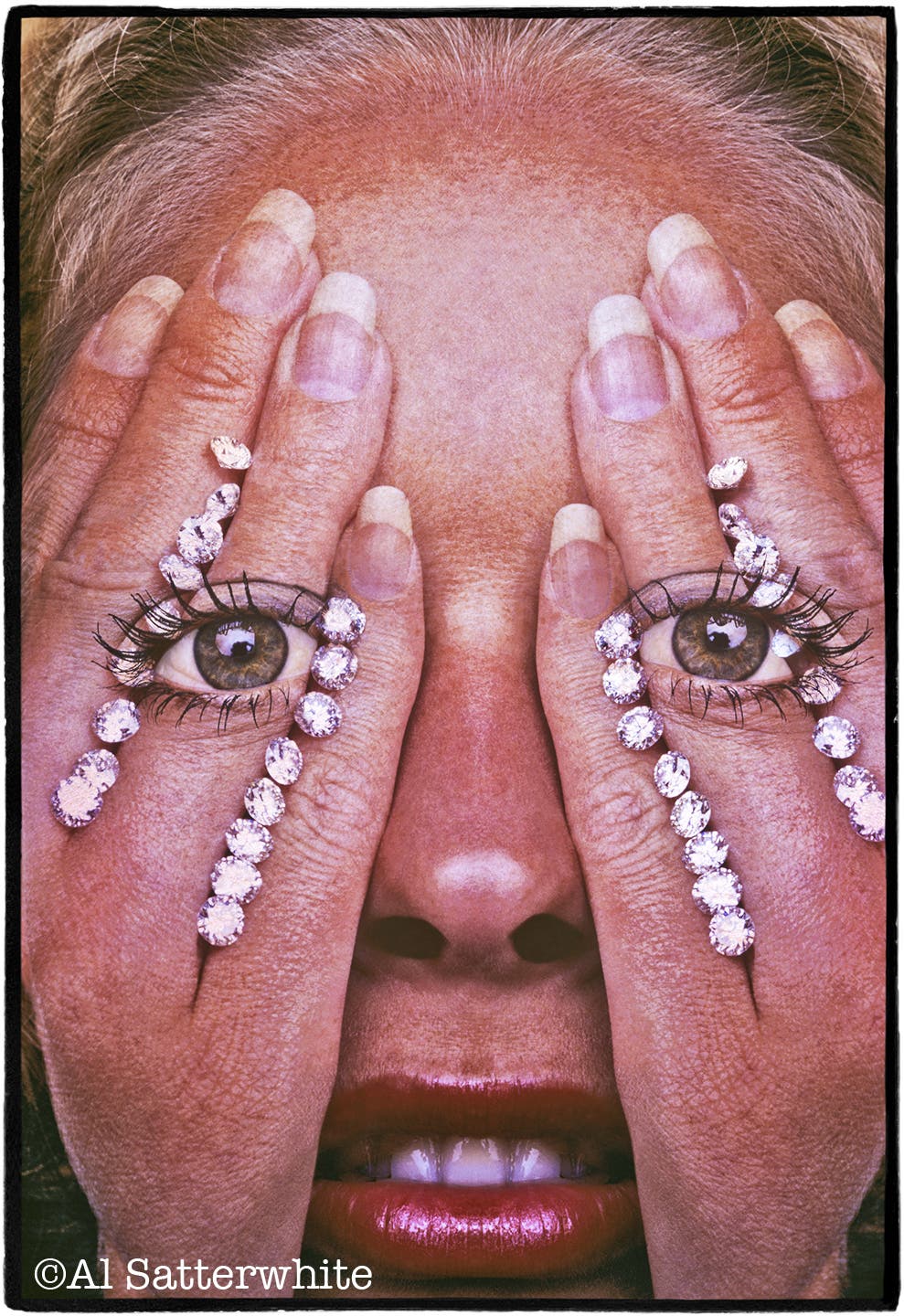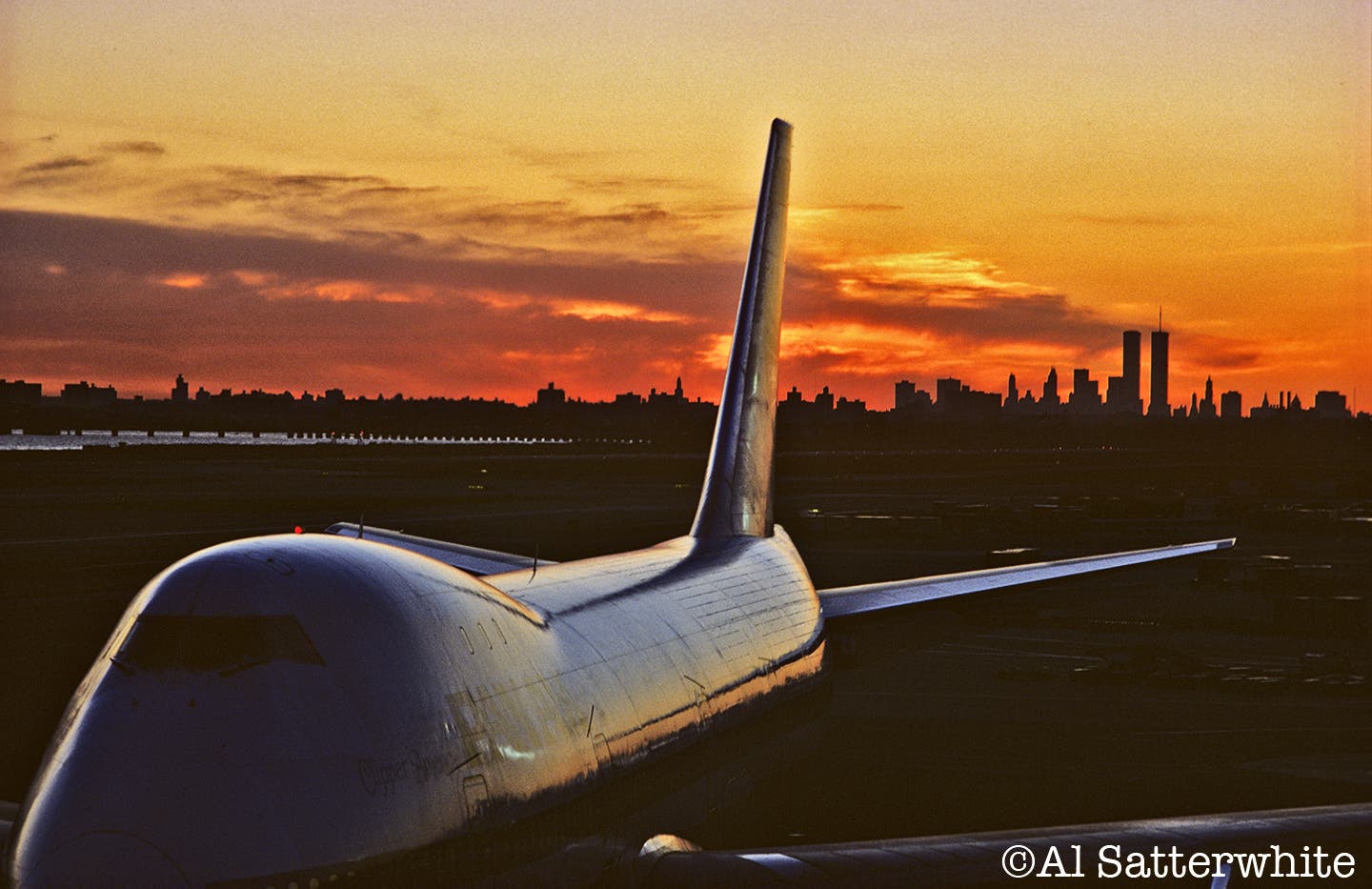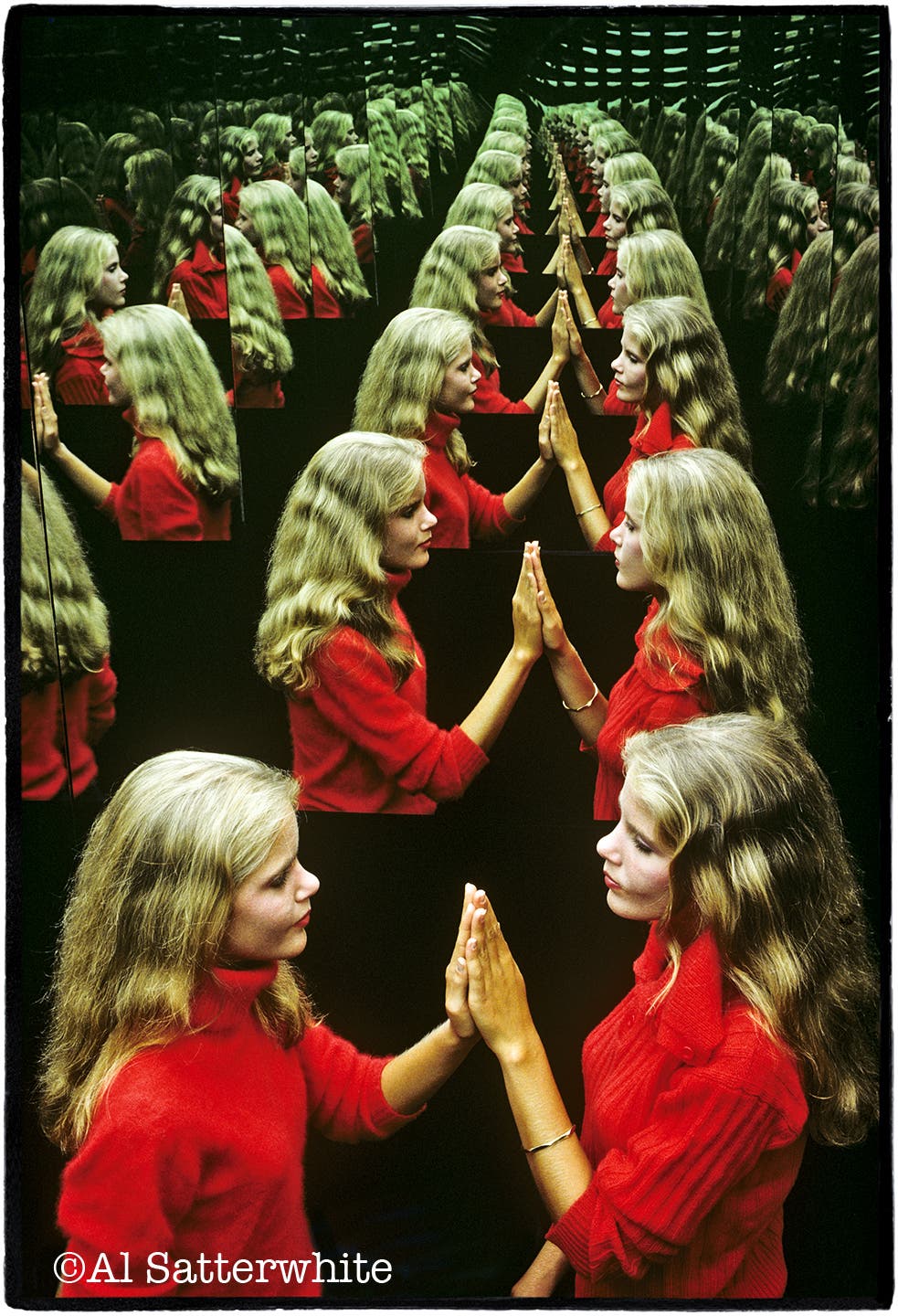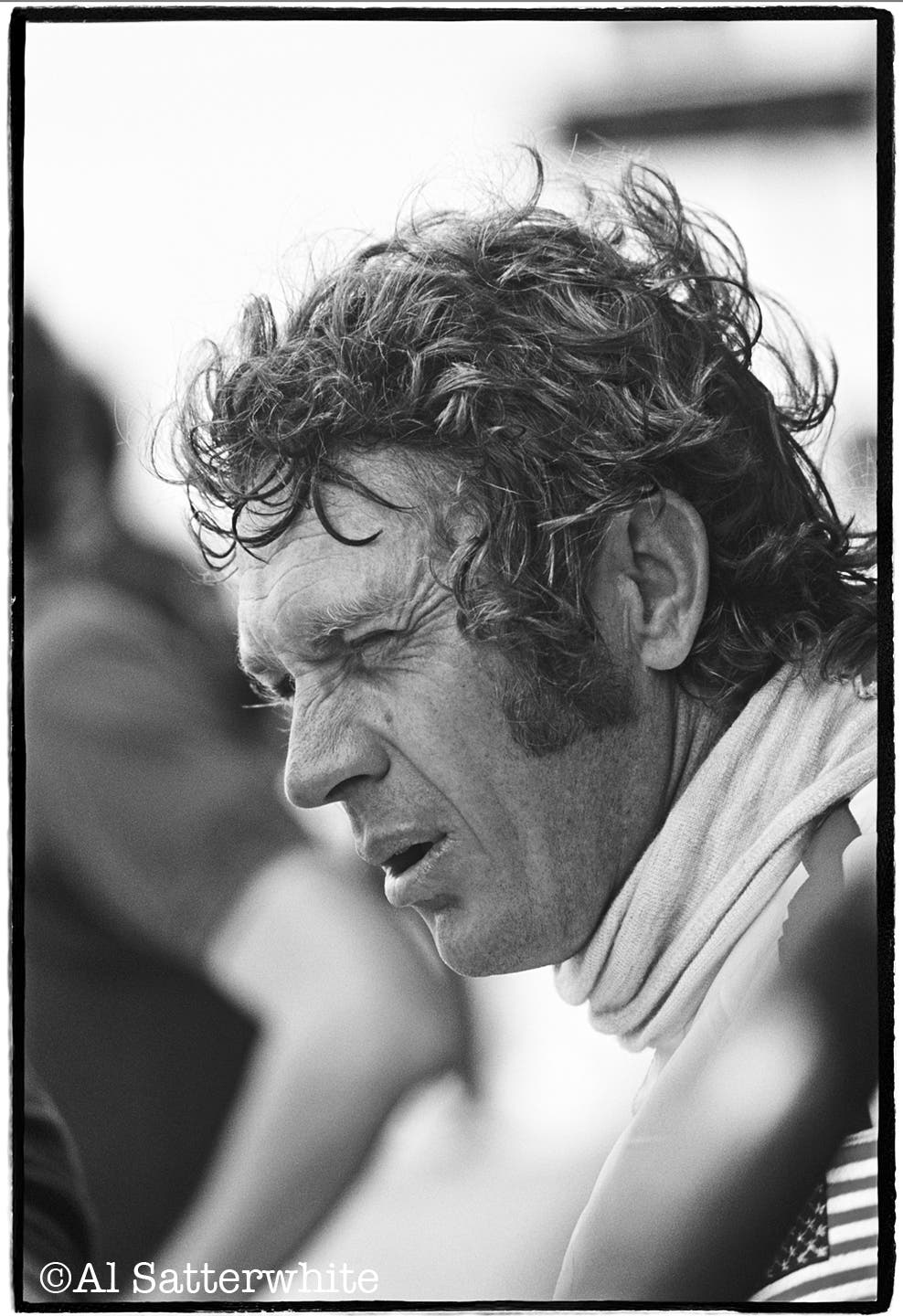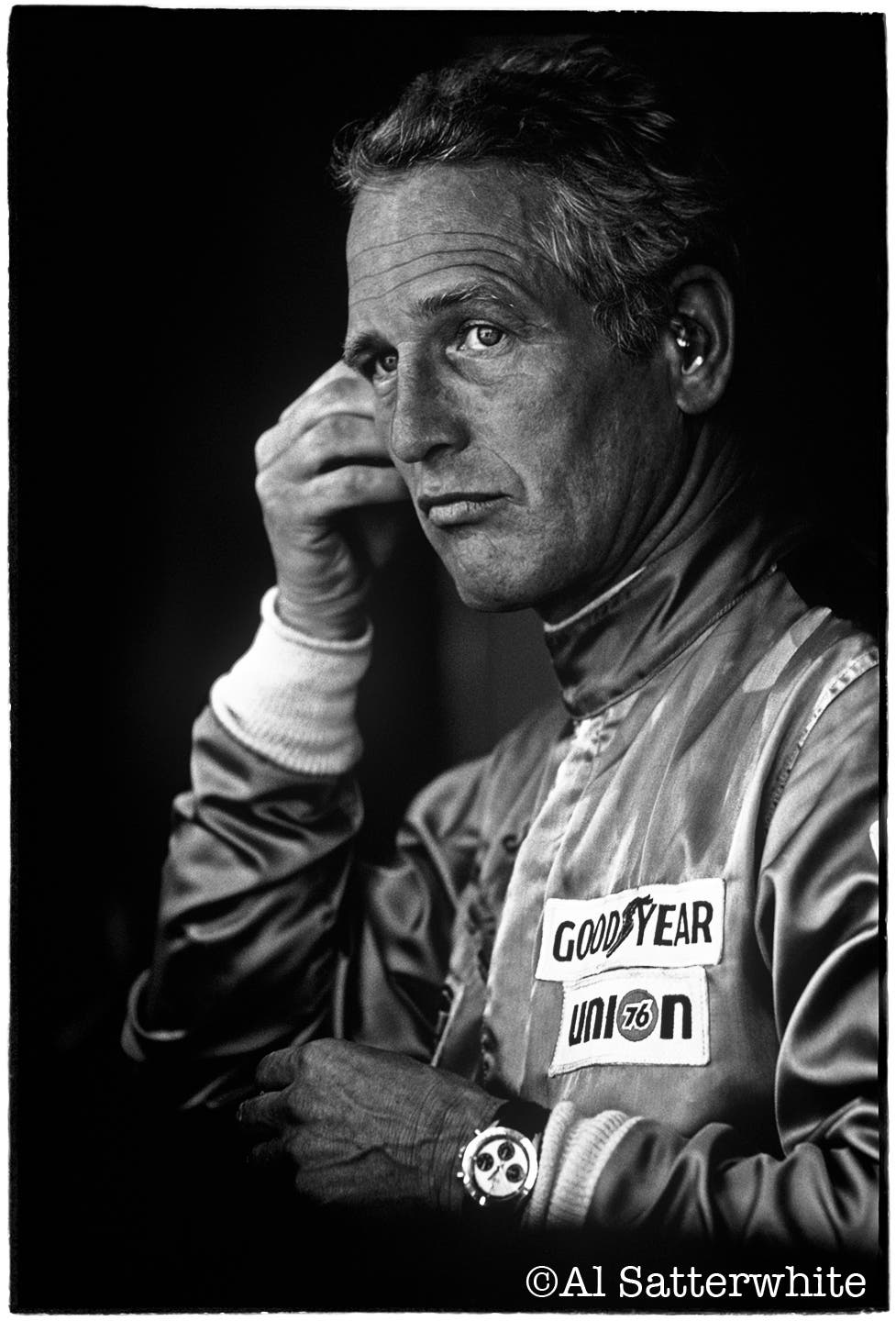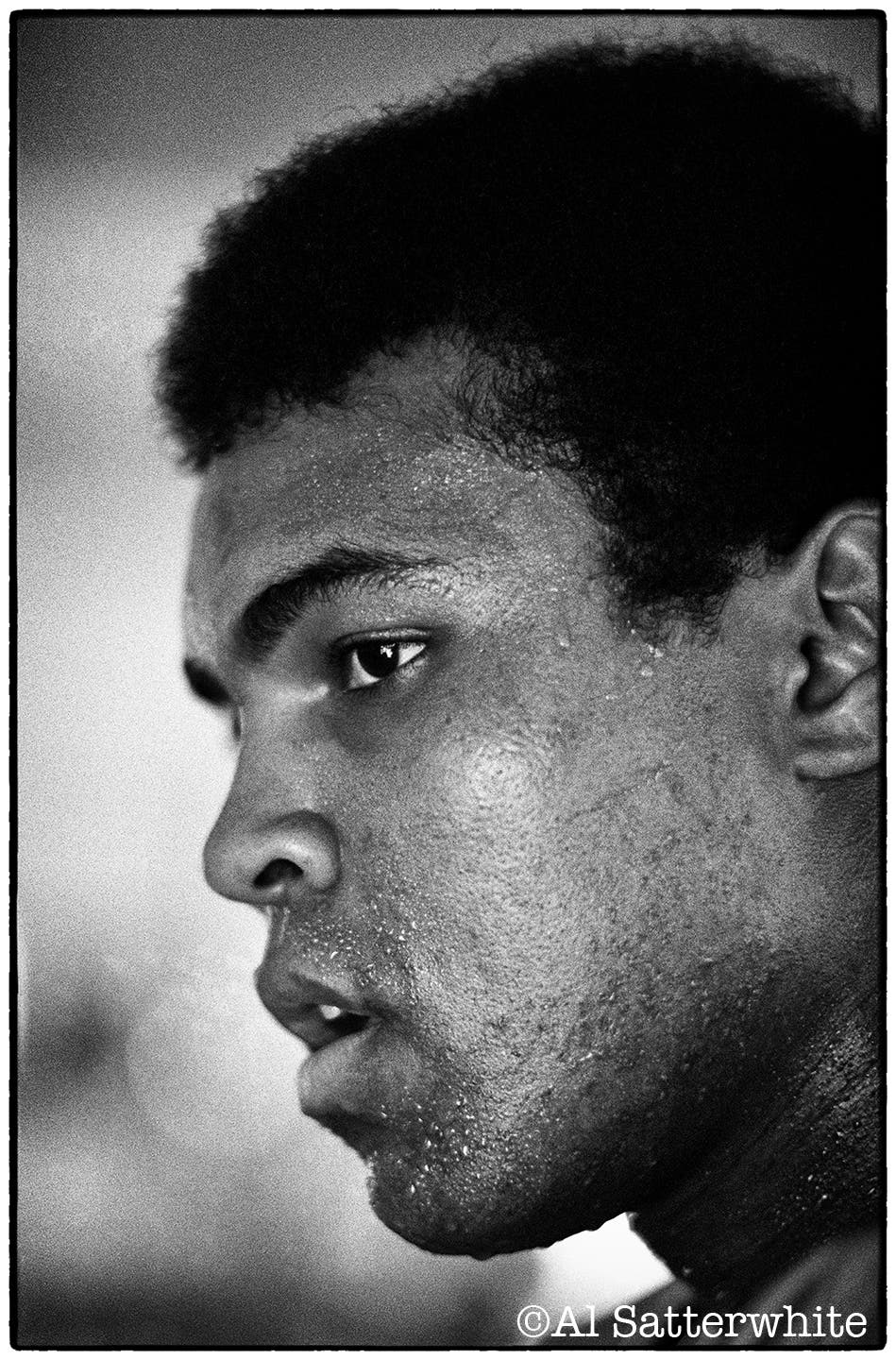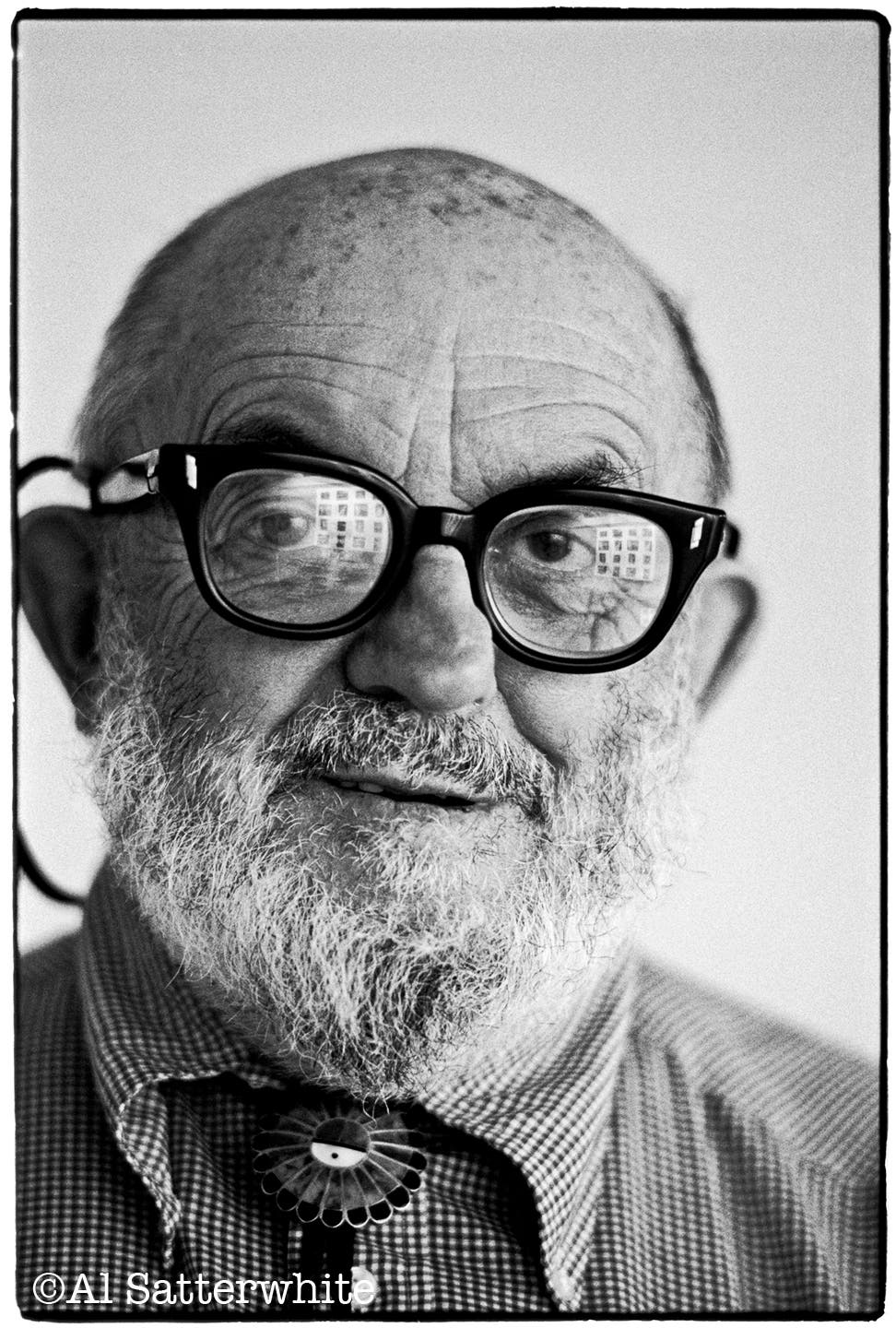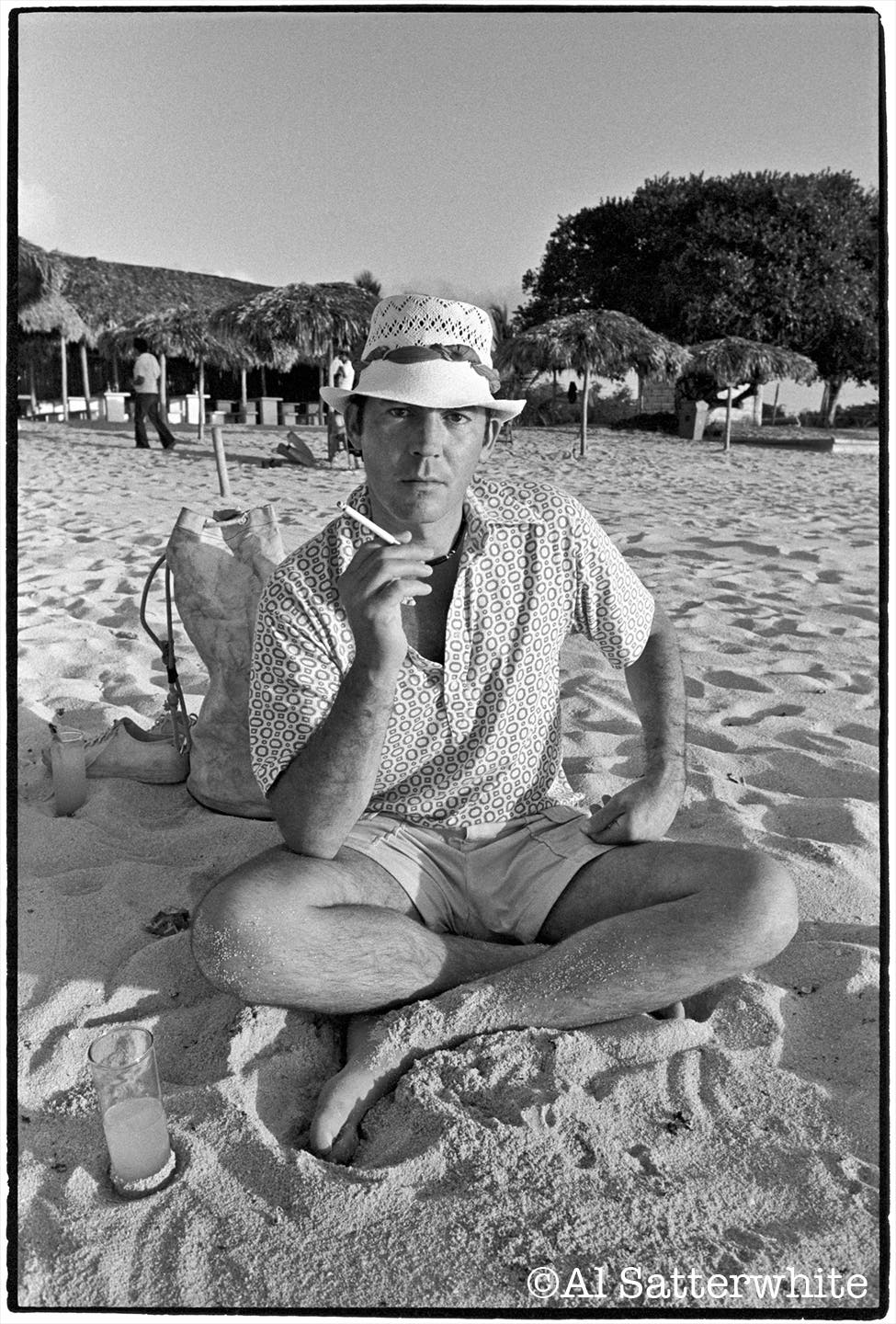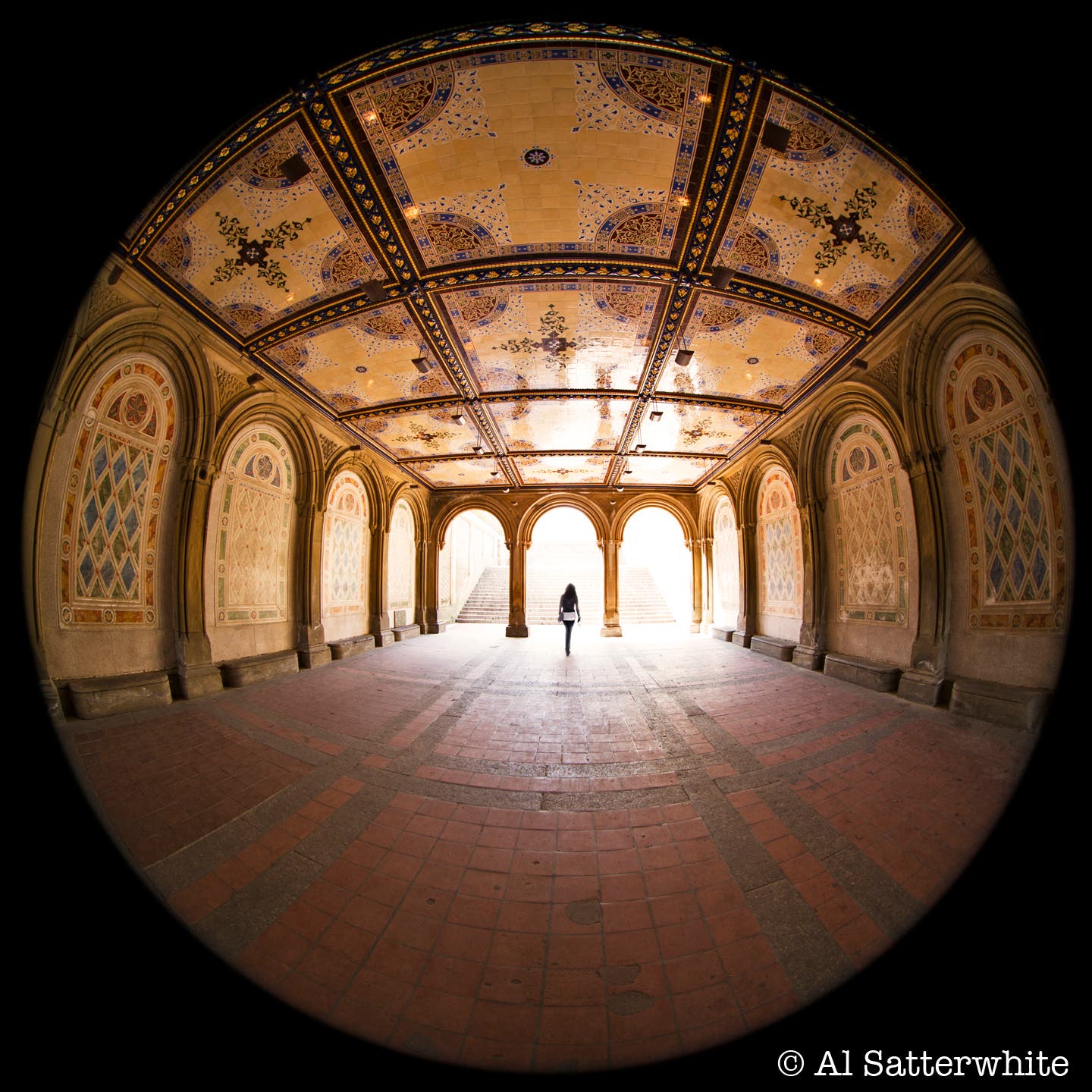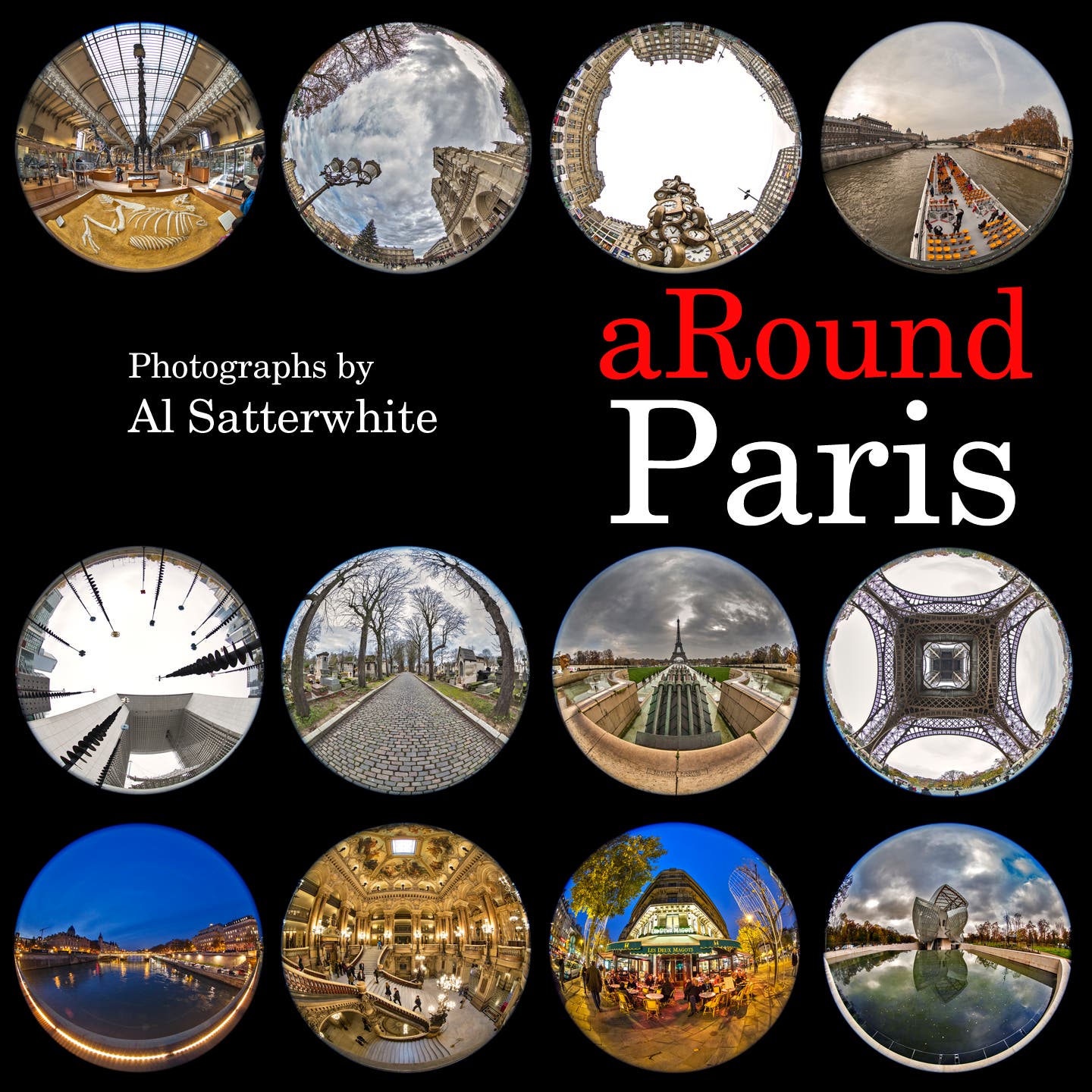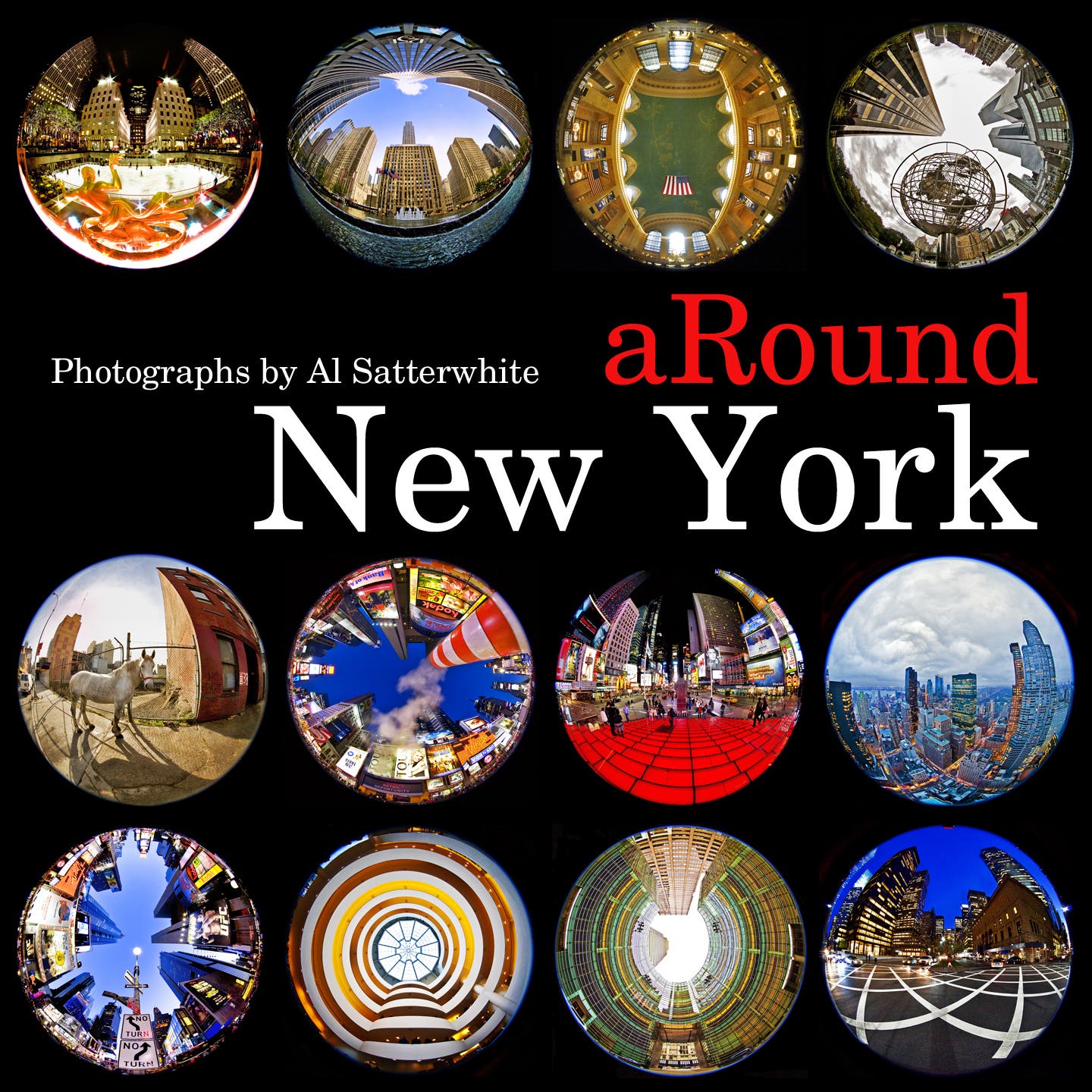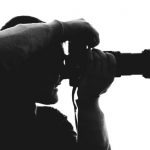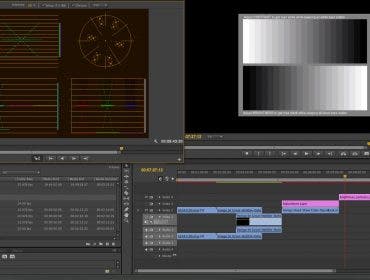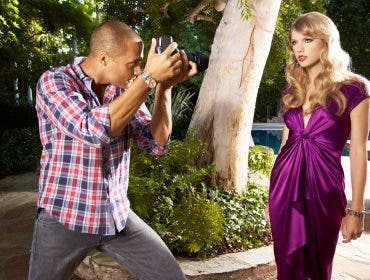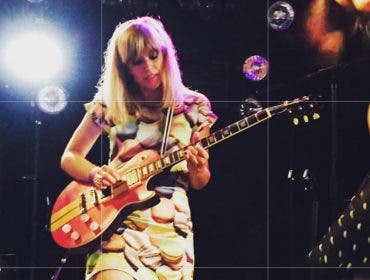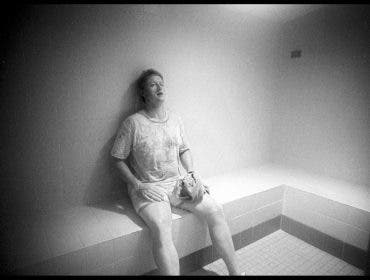Al Satterwhite’s lifelong passion for photography, now spanning more than half a century, happened almost by accident.
Confident he’d become an ace pilot and gunning for an Air Force Academy appointment, he landed a high school job as a photography intern at Florida’s St. Petersburg Times instead and fell in love with the imagery and subjects he captured through his lens. He went on to major in photojournalism at the University of Missouri, studying under the legendary Professor Cliff Edom, and participated in the acclaimed Missouri Photo workshop. Later, he transferred to the University of Florida to continue his photographic studies under the guidance of renowned master Jerry Uelsmann. Fittingly, Satterwhite began his career as a pro back at the St. Petersburg Times, and after a year he was tapped to become the then Governor of Florida, Claude Kirk’s, personal photographer. After living out of a Learjet for the better part of a year he quit to become a magazine photographer for the next decade, freelancing on assignment for top-tier magazines including Automobile, Car & Driver, Fortune, Geo, Life, Look, Money, Newsweek, People, Playboy, Sports Illustrated, and Time.
Seeking to expand his photographic horizons, Satterwhite moved to New York City in 1980 to launch his own production company for advertising. For the next 12 years he was known for his national and international advertising work for such prestigious clients as American Express, Coca-Cola, Dole, DuPont, Eastman Kodak, Johnson Outboards, Kent International, Molson, Nikon, Oldsmobile, Porsche, Polaroid, R. J. Reynolds, Saab, Sony, Tuborg, Universal Studios and Westinghouse.
As a respected and multi-talented artistic photographer, Satterwhite worked for Kodak as a digital imaging consultant for several years. He has been invited to lecture at Boston University, Brooks Institute of Photography, Hallmark Institute of Photography, ASMP, NYU/Tisch School of the Arts, and PhotoExpos in Los Angeles and New York. His workshops at Dawson College (Montreal), ICP (NYC), Kauai Photographic (Hawaii), Maine Workshops, Missouri Workshops, Palm Beach Photographic Workshops, Santa Fe Workshops and at his studio in NYC were always in high demand. Satterwhite still lectures and is a guest workshop leader at various workshops and seminars today.
Satterwhite’s stark black and white imagery and signature style of color and graphic design are represented in the permanent collections of the Smithsonian National Portrait Gallery, Museum of Fine Arts Houston, Santa Barbara Museum of Art, Los Angeles County Museum of Art (LACMA), George Eastman House, Polaroid Collection, National Museum of African American History and Culture, Ft. Wayne Museum of Art, as well as numerous private collections. His limited edition 1978 color monograph, Al Satterwhite/California, is in the Museum of Modern Art book collection. In 2014 the Ft. Wayne Museum of Art dedicated a solo show for Satterwhite, presenting his iconic imagery of gonzo journalist Hunter S. Thompson at the exhibit titled Fear and Loathing on Cozumel. The same year Satterwhite’s iconic photograph of Hunter Thompson was included in the important Smithsonian show, American Cool. His acclaimed books include The Cozumel Diary (adventures with Hunter S. Thompson in Mexico), Titans (Muhammad Ali & Arnold Schwarzenegger), the Racers (the Golden Age of endurance motor racing), Carroll Shelby (an iconic motor racing giant of the 60s) and Satterwhite on Color and Design. Satterwhite is currently working on a new photographic book titled Southern Exposure, featuring his never before published images that capture everyday life in the South during the 1960s and ’70s. In recent years Satterwhite’s passion and curiosity for capturing images has expanded to motion pictures and television advertising. As a Director/Cameraman many of his feature short films have won festival awards.
Among countless other accomplishments that have elevated him to the top ranks of today’s contemporary photographers, Al Satterwhite is hailed as the acknowledged grandmaster of the fisheye format. Here, in his own words, are his illuminating reflections on his illustrious career, creative mission, working methods, accomplishments, and the story behind how he created the images featured in aRound New York, a 30-year retrospective of his spectacular 180º images ‘at the intersection of photojournalism and fine art’ that was held at Leica Gallery LA.
“For my personal work, I shoot whatever interests me,” says Satterwhite laconically. “Currently that’s the “aRound” series of 180º fisheye images of NYC, LA, London, Paris, Rome & Venice, but I’ve also been working on a series called “undressed reality”, nudes in startling, engaging and often unlikely juxtapositions—I can’t really explain it, you just have to see it. I’m also printing portfolios and books from my extensive archive of images shot in the ‘60s, ‘70s, ‘80s, and ‘90s.”
“People always ask me about my equipment, “says Satterwhite. “Well, I used Nikons and Leicas for 40 years, then switched to Canon because they were first with a full frame sensor. Currently I have 2 Canon 5DS bodies plus a full array of lenses. I still have my Leica M4P, but now I mostly use my digital Leica M (Type 240). I’ve also got a couple of carbon fiber Manfrotto tripods.”
“The show, aRound New York opened on September 3,2015, and continued through September 20th. It presented 17 large prints (one on aluminum) of the 180º Fisheye images I photographed over a 30 year period. I embarked on this project because I believe the more our world is viewed through today’s ubiquitous digital lens and small screens the more narrowed the visual perspective. The true magnitude of the cities in which we live, work and play can only be seen through a much broader and larger expression, which I captured using the Fisheye lens and my own unique perspective. The digital Leica M (Type M240) with my special 180º lens afforded me the ability to get into unique locations with a minimum of equipment and to work fast on this special project; it’s a truly minimalistic way to work. As we used to say “f/8 and be there” – as long as your equipment can deliver, and the Leica system certainly does that.”
“While I enjoy living by the beach in Los Angeles, New York has always been home for me. I fell in love with the city over 30 years ago, know every street and back alley, and have captured my own inside view of the heartbeat, culture, and diversity that vibrant city has to offer. It is a joy for me to show the world a new magical and different view of a familiar city. Technically, the images in the show range from the early ‘80s (Kodachrome in my Leica M4-P with a 7.5mm Nikkor Fisheye) to the latest taken with the Leica M240 with an electronic viewfinder (EVF) attachment using a Canon 8-15mm lens. Why fisheye images? They’re round! We don’t live in a linear world. The world is round; we enjoy a rounded experience, and I have internalized and expressed that perception. What these images provide is all the other bits and pieces that inform, influence and inspire daily city life even if we’re not aware of it at a particular time. Each time I look at these images I see something that even I haven’t seen before. They reignite my love affair with the city.
“I think I was always fascinated by photography and stunning images,” notes Satterwhite. “The desire to tell stories is very basic to human nature. While my friends will tell you that I can sometimes be a bit awkward in terms of the written word, my strength is in my ability to tell a story well visually. The pursuit or the expression of a good story is what keeps me active and motivated each and every day. Essentially I am grounded in photojournalism with a dash of fine art in the area of self-discovery, or what is sometimes called environmental photography where the photograph is a story about the subject in his or her usual environment. I take an approach that can be described as “curiosity focused.” I’m naturally curious about the people, places, and things I capture photographically. This approach has given me an extraordinary opportunity to experience a deeper relationship, understanding and appreciation for the life we get to live. What drew me to the fisheye lens, and what continues to fascinate me today, is that it gave me the ability to finally show what I see. Since I’m wired to search for a new and different visual perspective I tend to wander around naturally with more of a peripheral view then most people. It’s not about using some sort of gimmick to make a picture look distorted. I use the fisheye to offer a representation of how I see the world as a photographer.”
“I chose to use the 8-15mm f/4 Canon lens on the Leica M because it’s extremely sharp,” notes Satterwhite, “and it has excellent contrast at f/4, it’s widest stop. Back in the day I framed my fisheye images in an optical viewfinder mounted on top of the Leica, a fast way to work but one that only gives an approximation of what will actually be included within the frame. With the Leica M, using the EVF (Electronic View Finder) mounted on top of the camera, I can actually see exactly what the sensor is seeing. And the lens and camera still make for a very small, lightweight package to carry, always a prime consideration when you spend all day walking around capturing the visions that unfold before you.”
“When I see these images they take me back to that moment in time when I shot them. I can immerse myself once again into the image because it surrounds me. It’s as if I’m right back in the city seeing, hearing and feeling that slice of my own life all over again. I have a large print hanging over my kitchen table and when I’m eating lunch I never tire of looking at all of the detail within the frame. There is so much information going on with these 180º images, it’s difficult to pick a favorite. What might be my favorite one day might be replaced with a new appreciation for another shot. And my favorites change as I add new work. There is also a photojournalistic element in these ‘fine art’ images. As a photojournalist you have to dig for the fringes of a story, which often become the main story. Without such a peripheral perspective you can miss out on what’s really going on. Frequently, I’ve shot a fisheye image only to discover something out on the edges that I then proceeded to photograph. More often than not, the second one was the image I kept. It told a more compelling story. The overall purpose of the project was to show the city as I saw and fell in love with it. I think close scrutiny of my prints definitely show perspectives of the city that had never been seen before. The vantage point I use, the time of day I chose, the angle of the lens in relation to the area I want to encompass are all extremely important. I want to bring the viewer into my experience at that moment.”
“People always ask me how I honed my skills as a photographer, and I have a simple answer-shooting, shooting, shooting. In my first twenty years as a photographer, I was out every day, all day with a camera in hand, looking, always looking; always shooting. I was studying the light, making mental notes to come back when the light was right. Or sometimes, when finding a likely location, merely waiting patiently for the right pieces of the puzzle to come into place. Many years ago I read an excellent book (long out of print) by Prof. Harald Mante called, Photo Design, an excellent book on composition. I feel as he did that really good images have soul, elicit a feeling from the viewer. That’s what I strive for.”
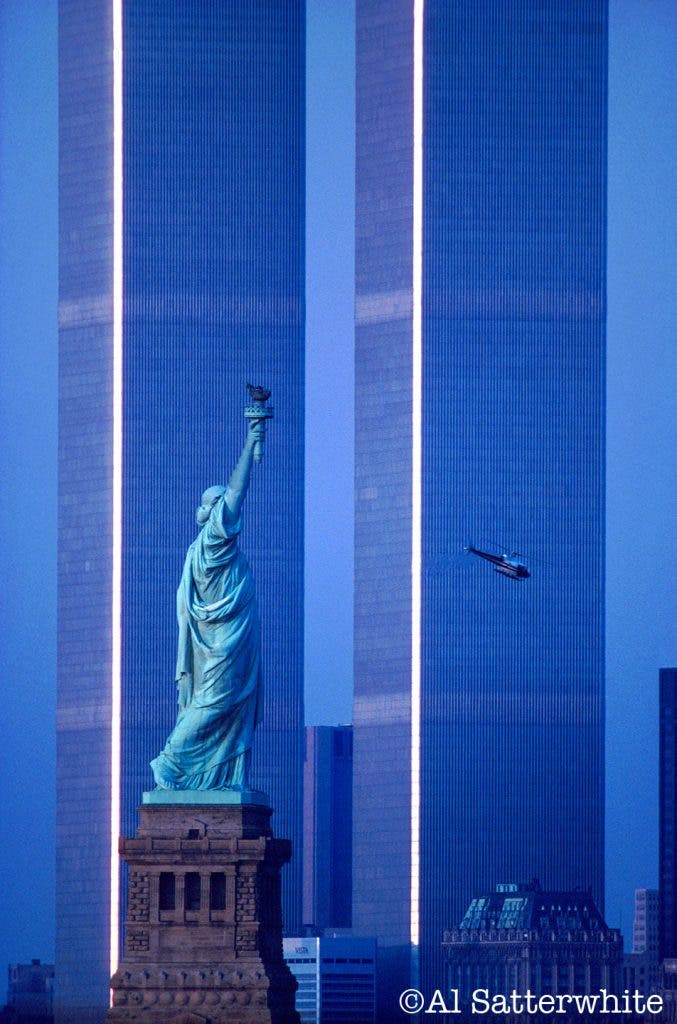
“A good example of what I’m talking about is the image of the World Trade Center Towers when they were still intact and gleaming, standing assertively against the sky The image strikes a new and deeper emotional chord with me too given the events of 9/11/01. I hope people view it for what it is, a reminder of the greatness and vibrancy of the city of New York back then, and perhaps even more so today. I loved those buildings and photographed them many times always trying to do justice to them photographically. Little did I know that my time with these majestic buildings was destined to be so limited.”
FW: The image below is one of the most surreal views of New York City I have ever seen, and the lighting, color and composition are exquisite. From what vantage point did you shoot this exceptional picture and how did you get those amazingly vibrant colors under those incredible cloud formations? Was this pretty much a straight shot or did you do extensive post-production work on this image?
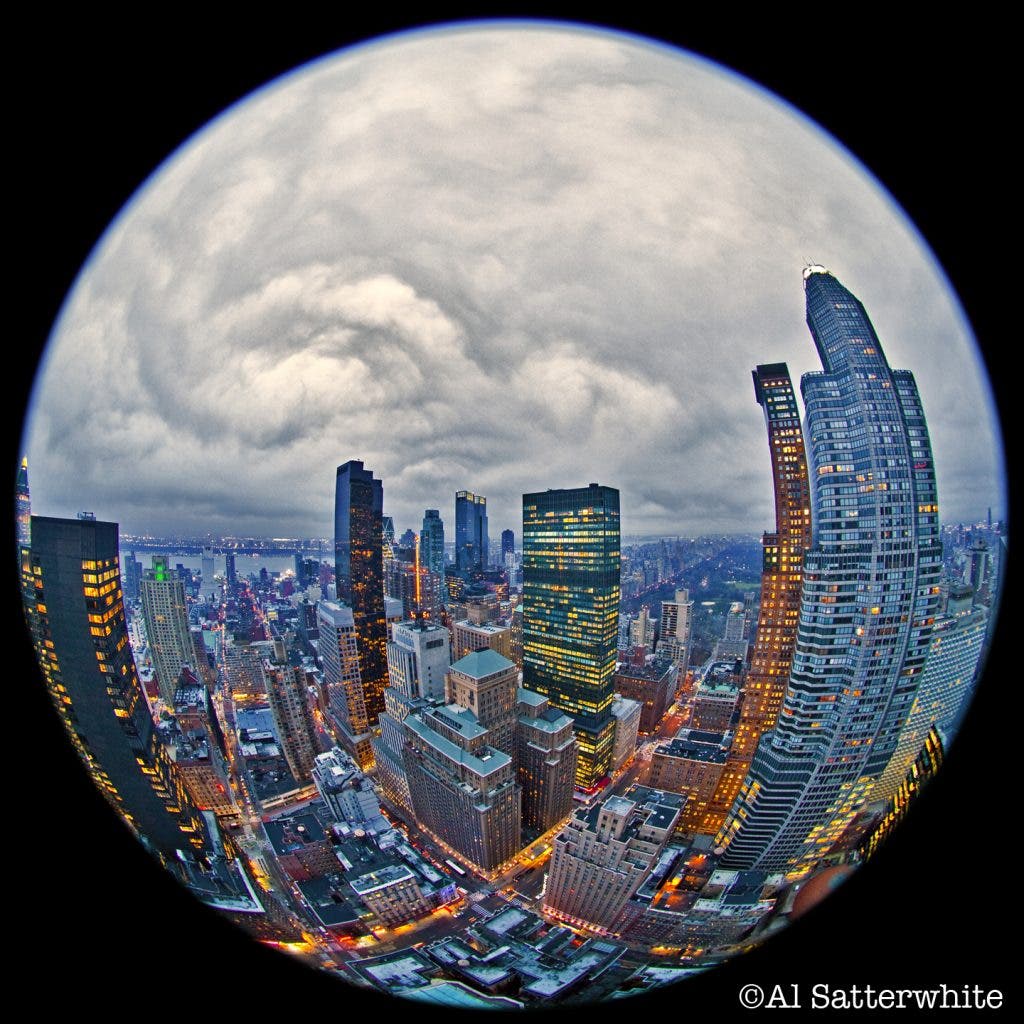
AS: “ Truly it takes a village to create images like this. Through the kindness of others I have been able to gain unprecedented access to many buildings to use as vantage points. This image was taken from the roof of the London, a hotel on West 54th Street, late on a winter day around 5:00 PM. A storm was brewing and I waited patiently for it to develop. In digital processing (as in the old days of chemical processing) I use all the tools available to me plus my experience to bring out what I have captured in the original RAW file which holds an amazing amount of information, much more than we ever had in the film world. It’s all there, nothing added. It’s just a matter of taking the original file capture and bringing to the fore what I want most, making it more visible.”
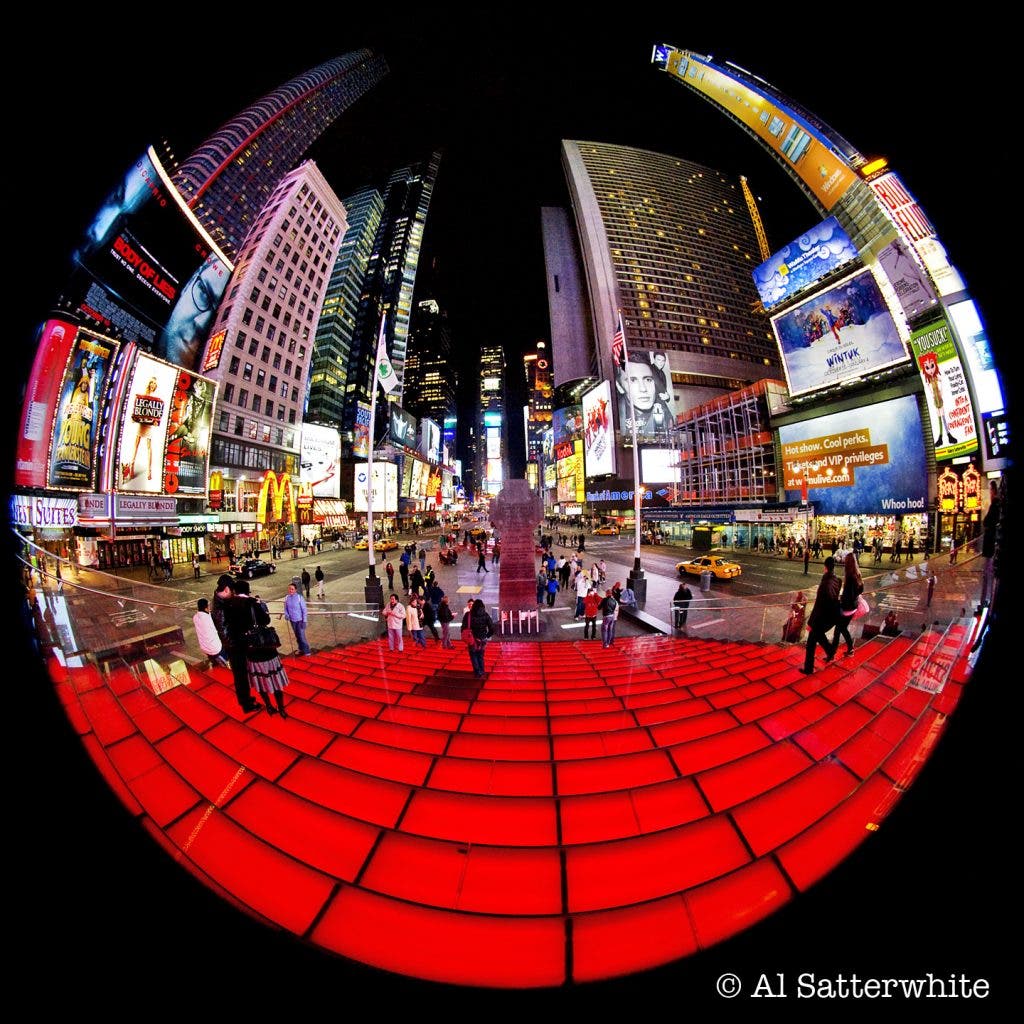
“Another of my favorite images in this series is the one above, taken in the Times Square area. It wasn’t a matter of planning. It was a matter of waiting. A good photographer knows precisely when an unexpected moment is about to reveal itself – called the ‘decisive moment’ – coined by none other than Henri Cartier-Bresson. It’s always a matter of selecting the time you want to shoot and then waiting for all of the elements to move into place. There is so much light from all of the marquees and electronic billboards. I also love large areas of certain colors, red being one of my favorites. I made the photograph from the top of the red stairs over the TKTS booth. I almost always go there when in New York, rain or shine, always at night. Even at very late hours, it’s still sometimes very crowded.
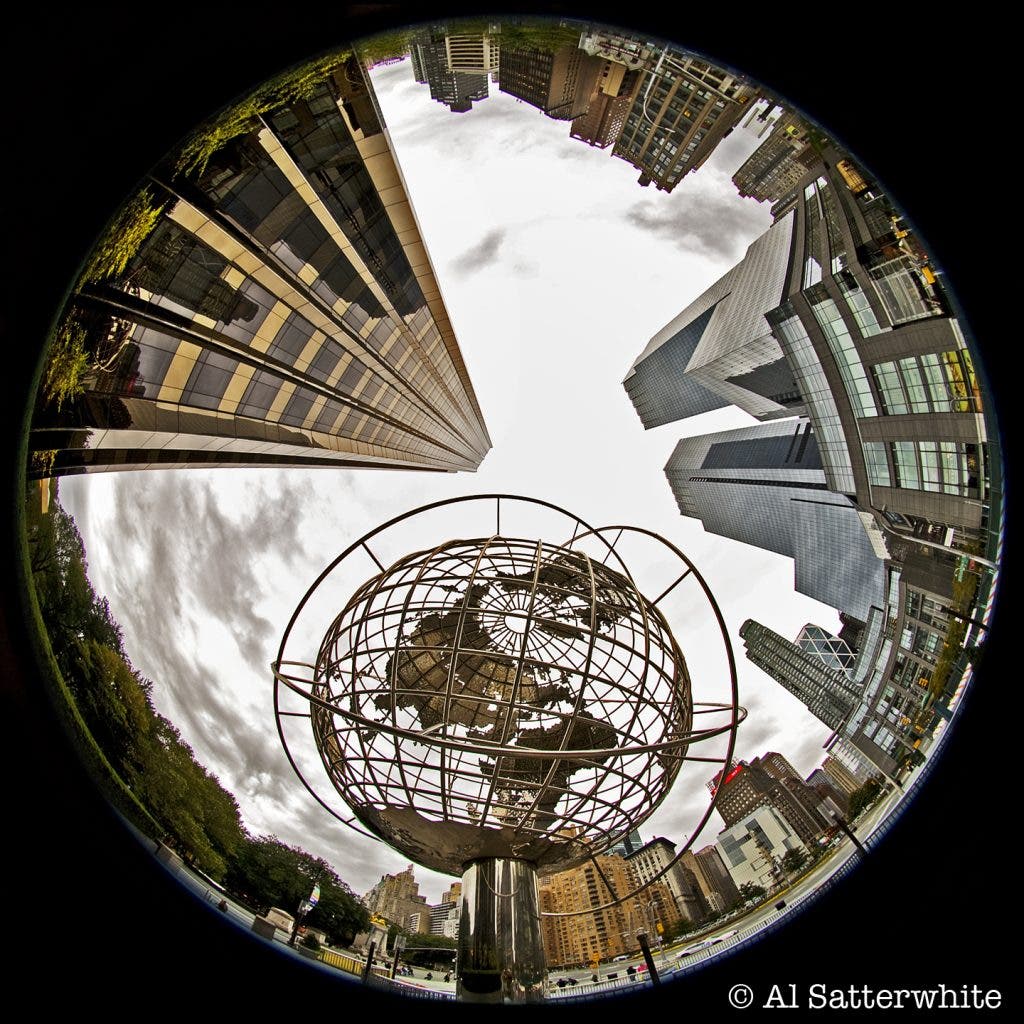
The picture of Columbus Circle above is another precisely composed image that, in a metaphoric sense, places New York City at the center of the world. I first photographed it in 2008 (when this image was taken). It’s a smaller replica of the original one built for the Worlds Fair in 1964. It’s by the subway stairs between Broadway and Central Park West. I shot it at various angles. However, standing directly under it facing the center of Columbus Circle gave me the image I was looking for.”
“I hope I’ll always be adding more to my New York fisheye collection since it’s my favorite city in the entire world. I am working on more cities in the series too, having already spent a lot of time shooting Los Angeles, London, Paris, Rome, and Venice. I would love to add Tokyo and Moscow. As far as my personal evolution is concerned I’m always looking for fresh and interesting approaches to the work I do. In addition to the ‘aRound’ series, I’m working on a series called ‘undressed reality,’ a series that combines nudes I have photographed over the years with many locations that I have photographed. Juxtaposing two images that might be 10 years and a thousand miles apart, in an interesting and exciting idea that gives me an opportunity to tell a new story with familiar characters. As for the future, in everything I do, I’m eternally looking for that one essential element, soul.”
To learn more about Al Satterwhite and see more of his images, go to:
https://www.facebook.com/al.satterwhite
Books by Al Satterwhite:
Satterwhite on Color & Design (1986) – out of print
Lights! Camera! Advertising! (1991) – out of print
Titans (Ali & Schwarzenegger) (2009)
The Racers (2012)
Carroll Shelby (2012)
The Cozumel Diary (Hunter Thompson) (2014)
